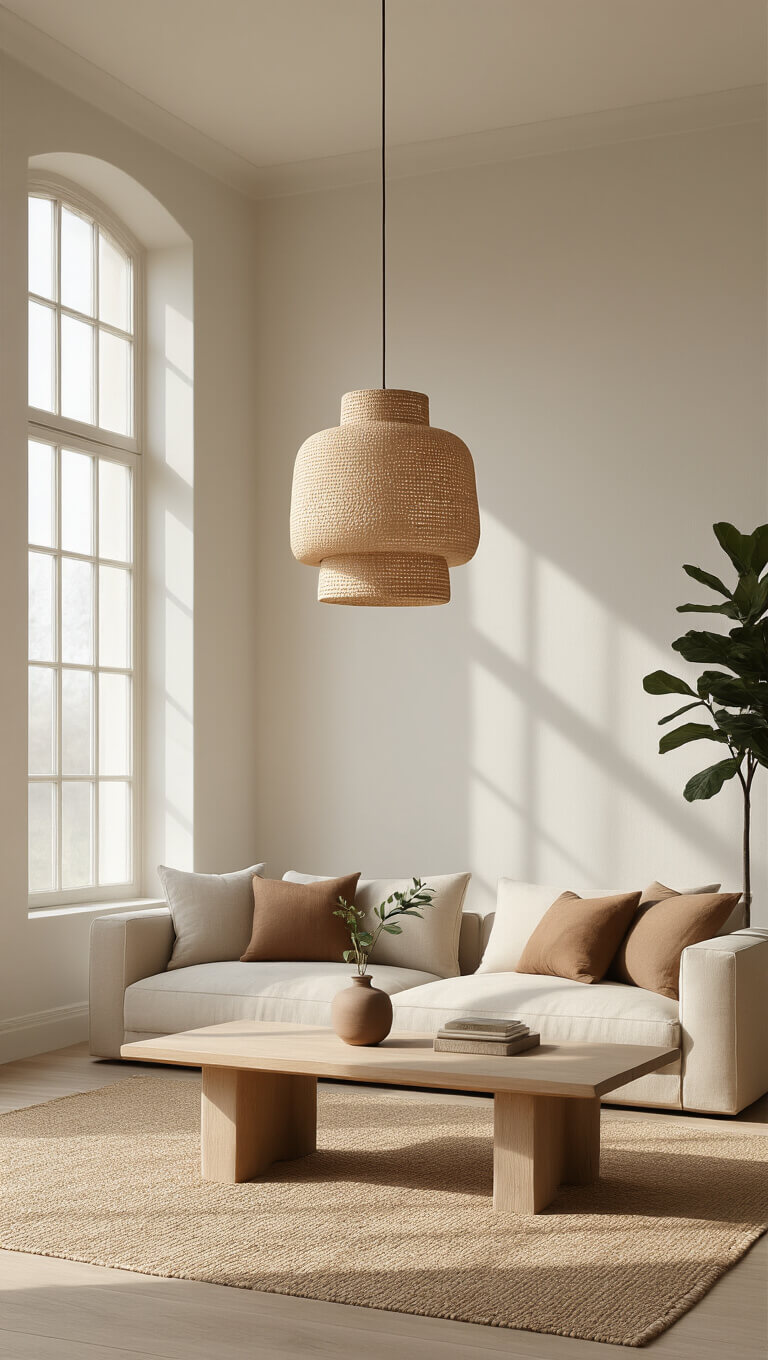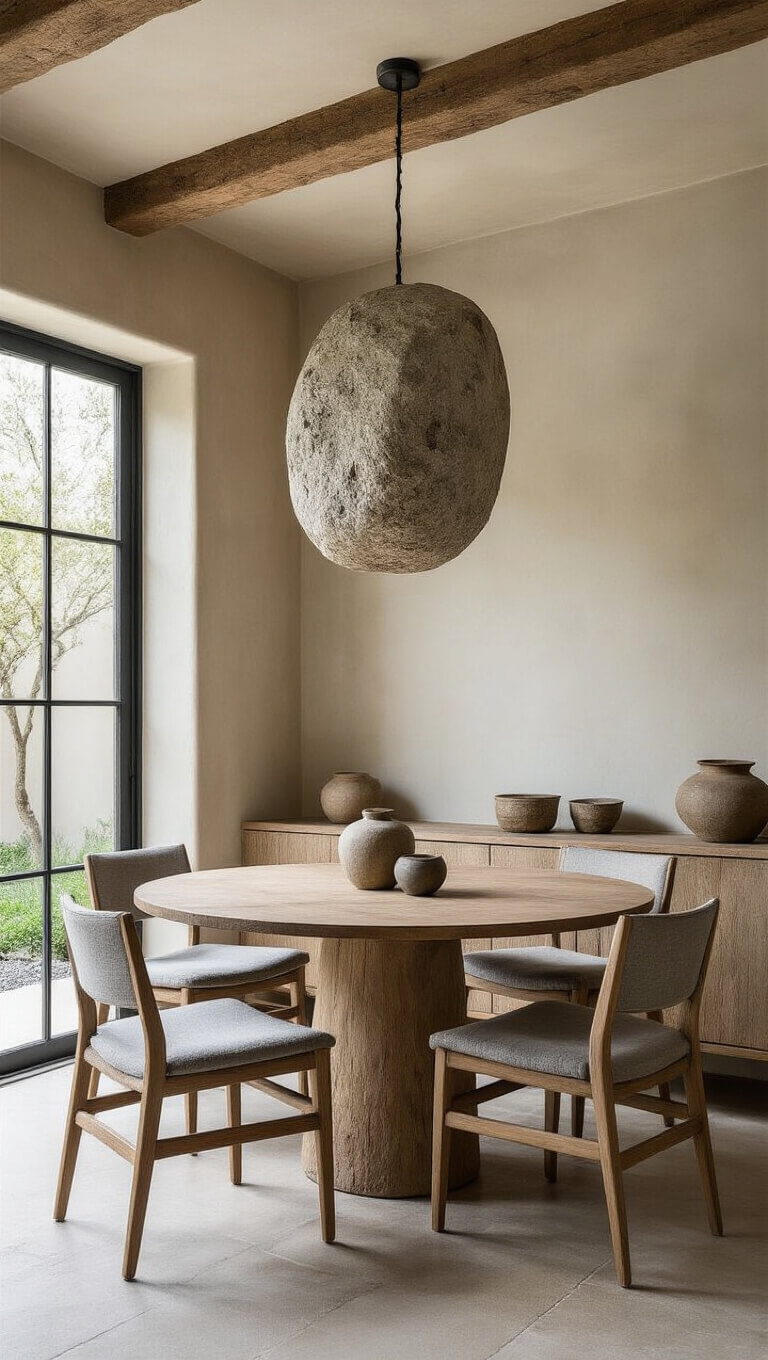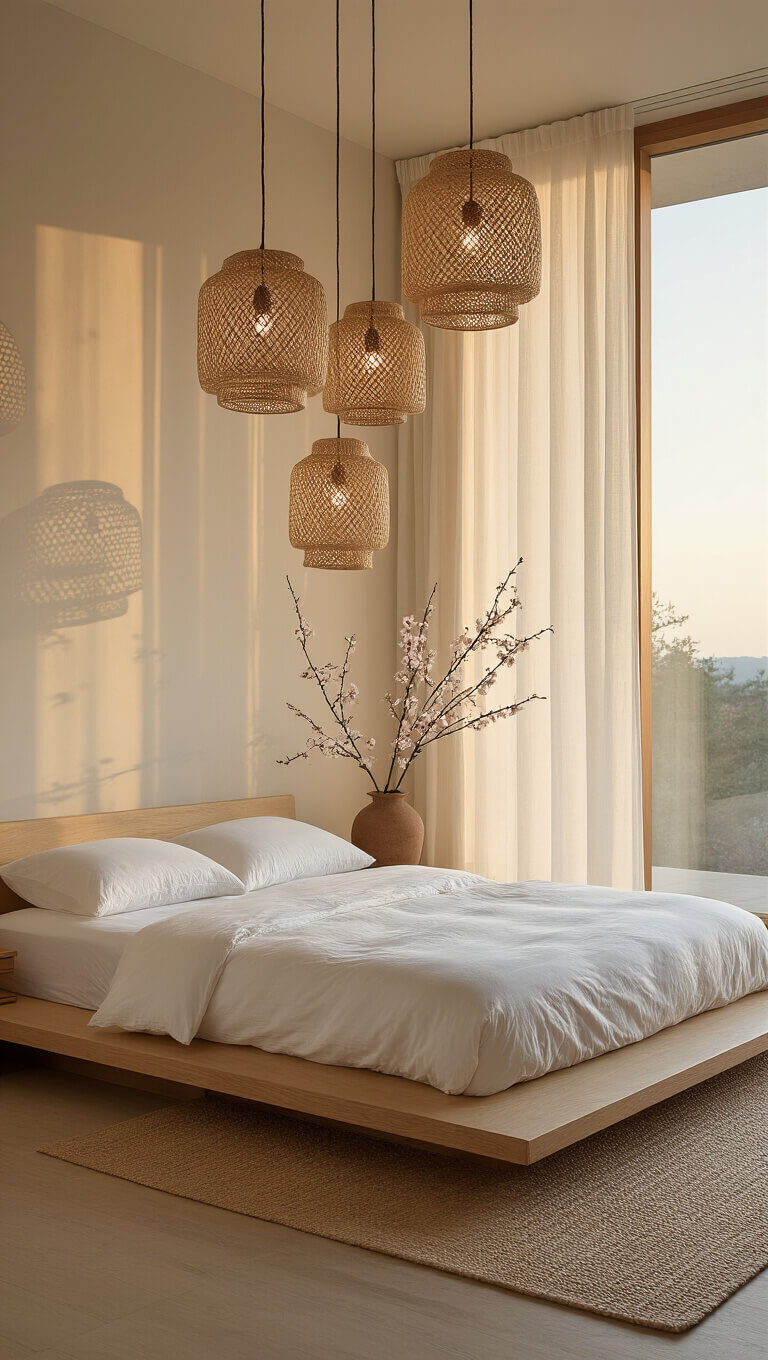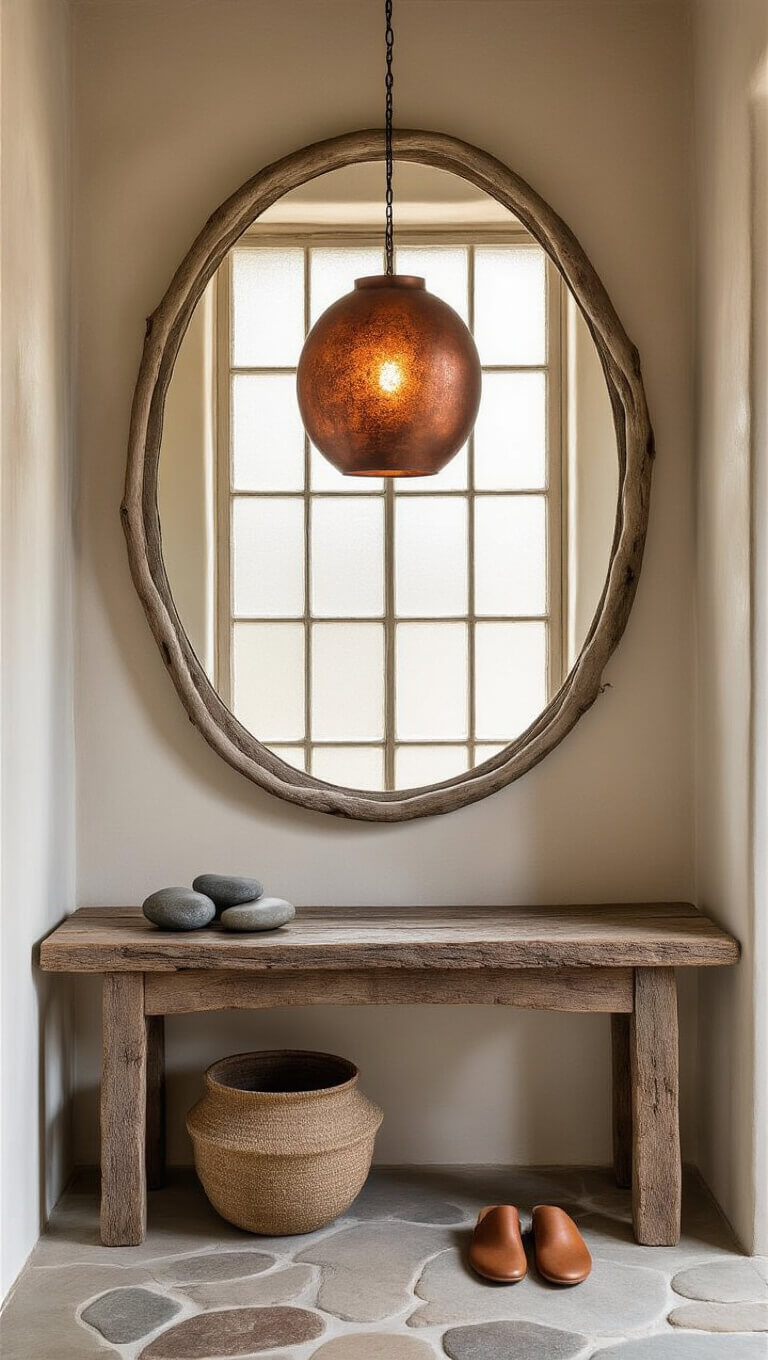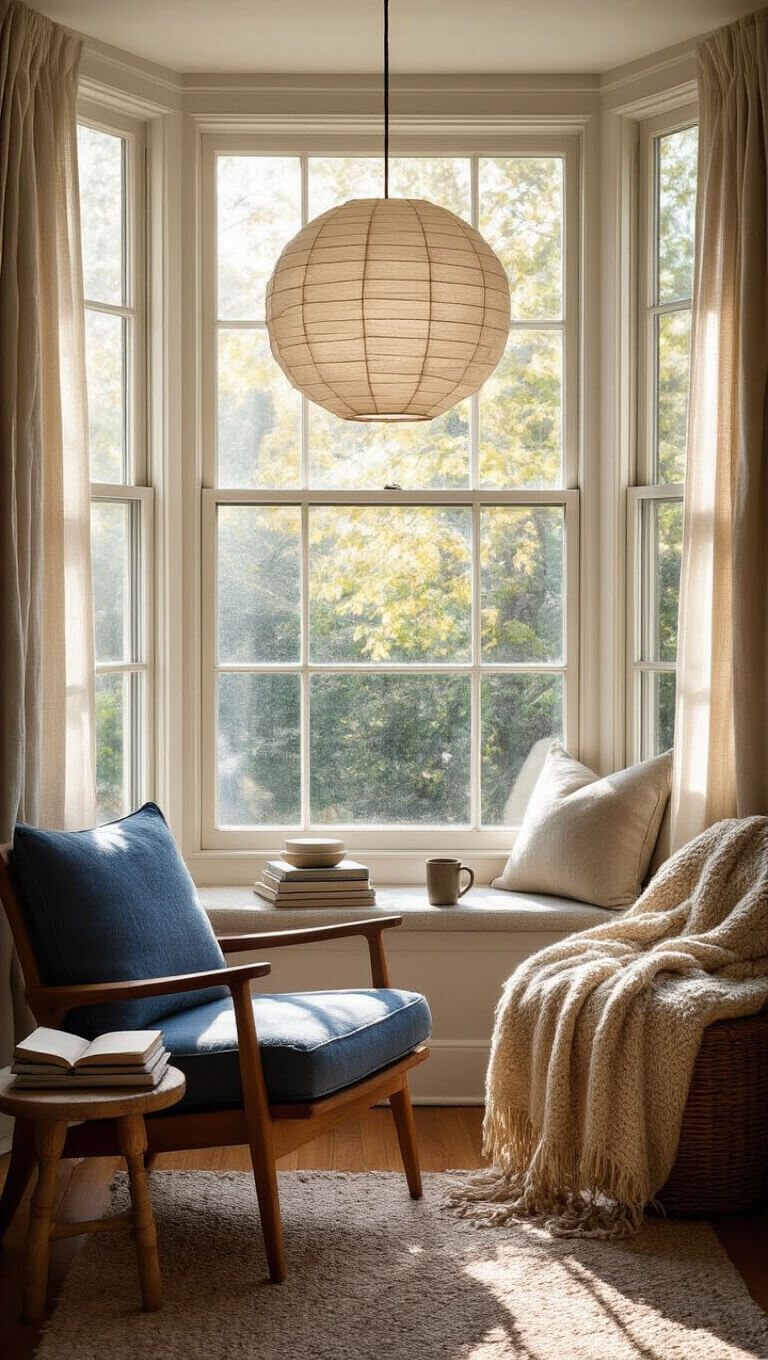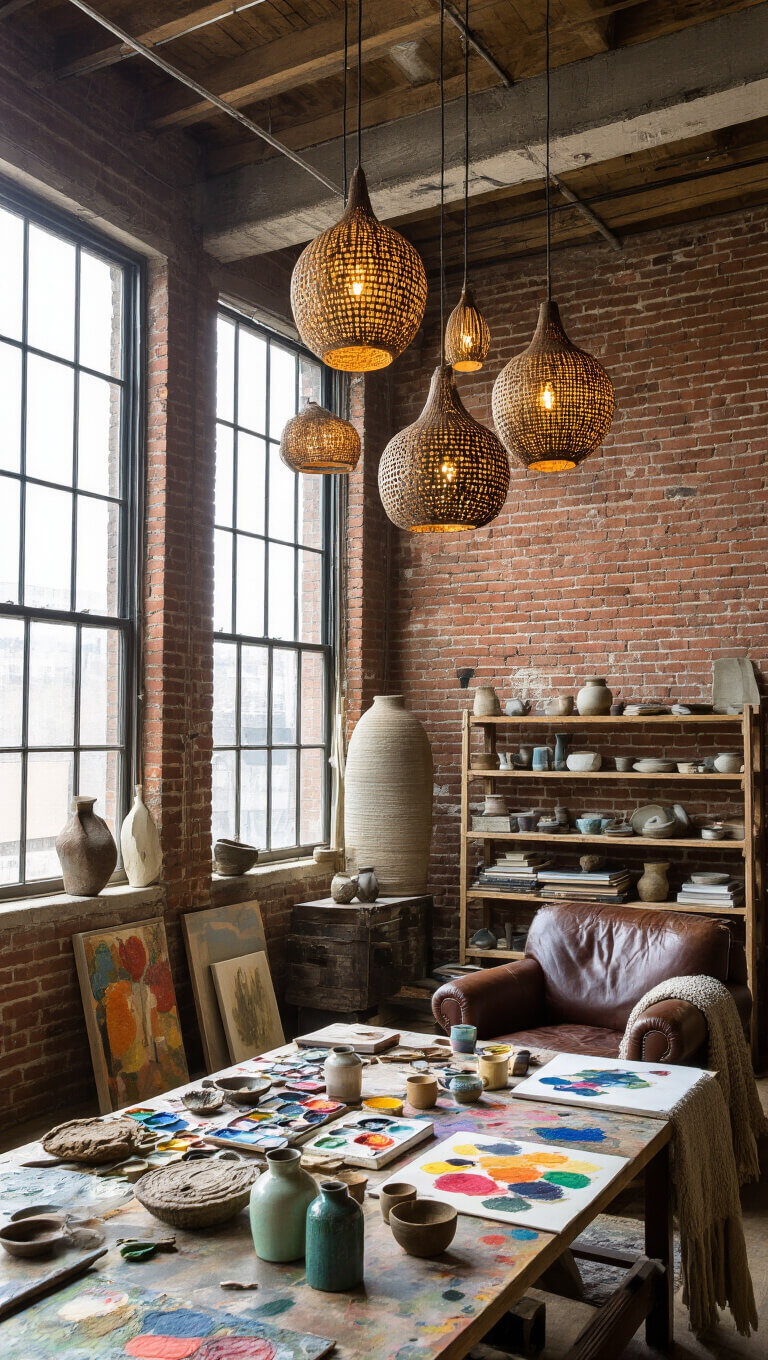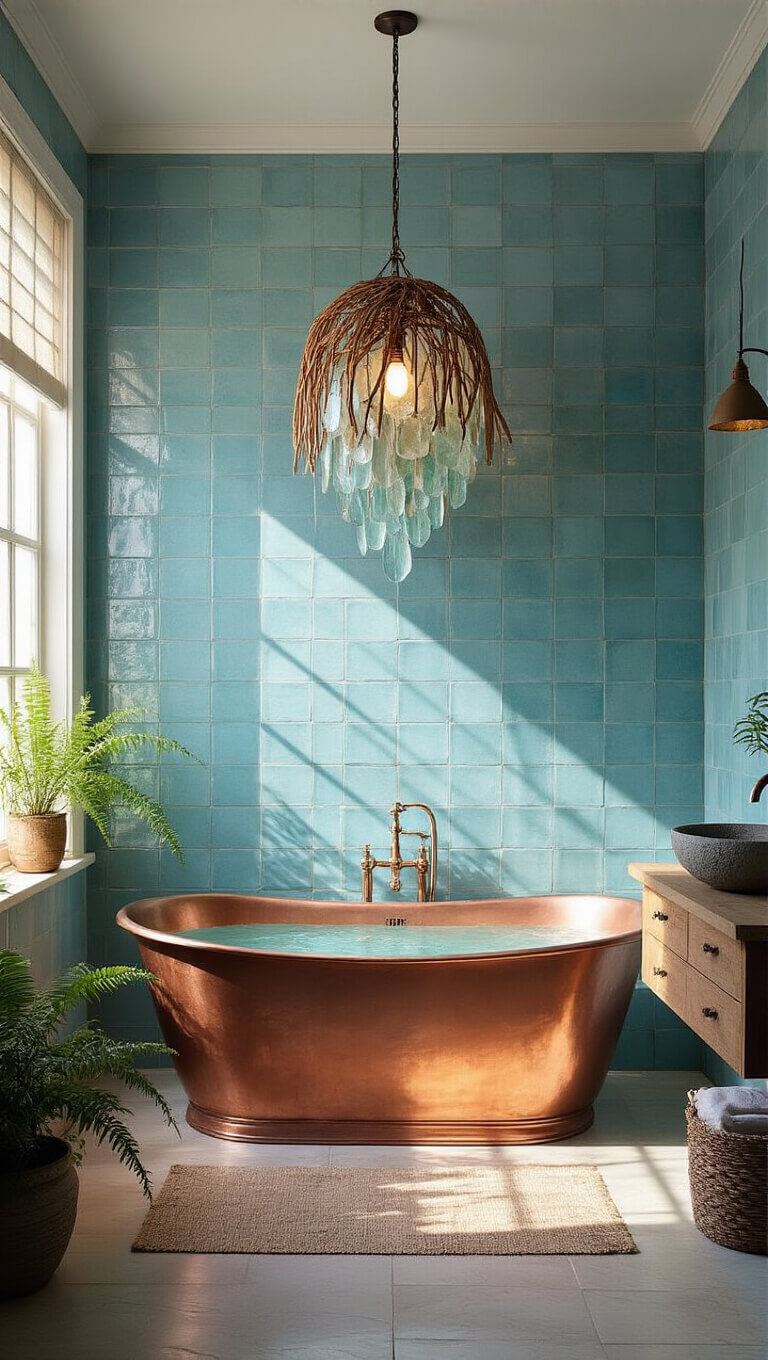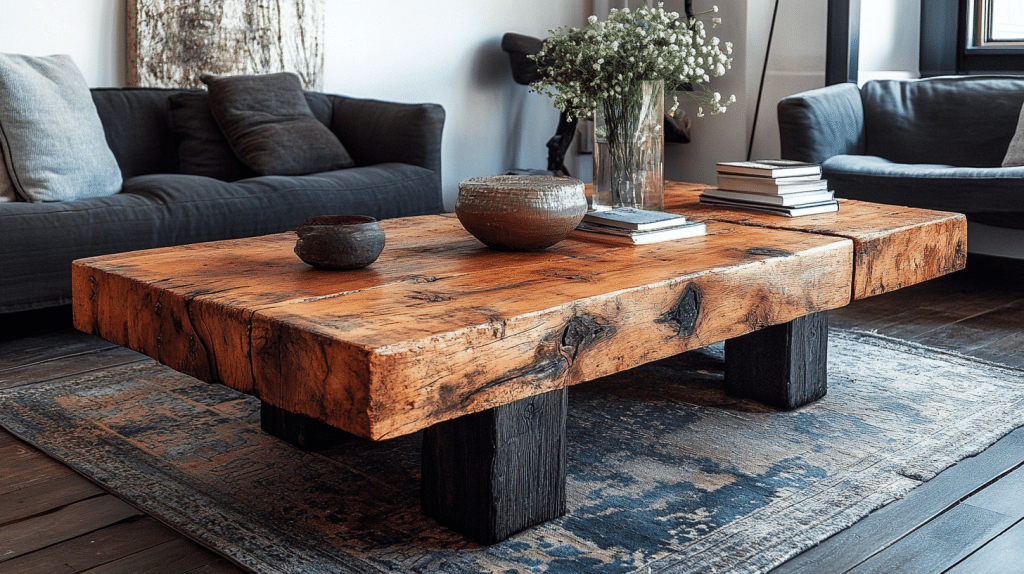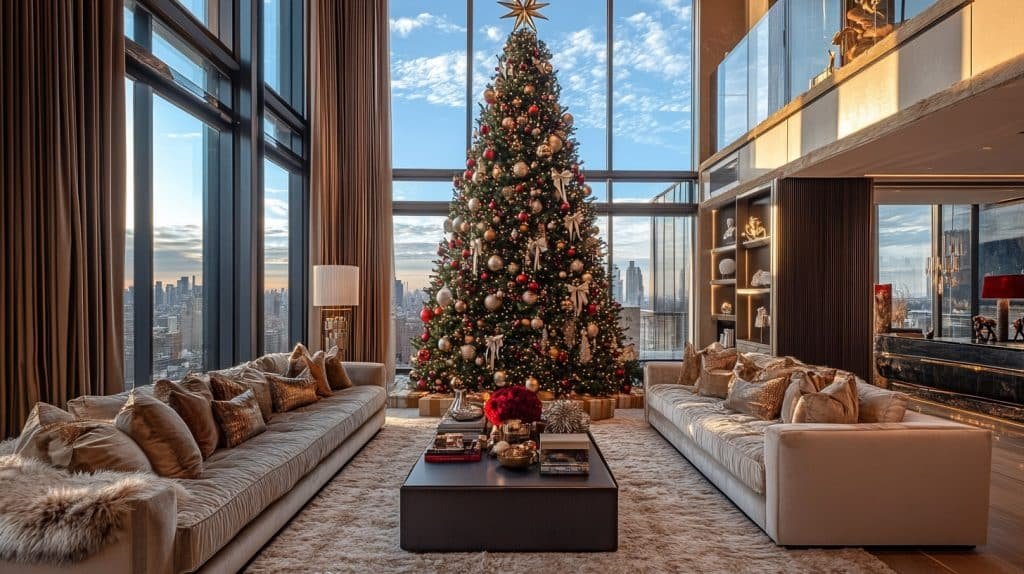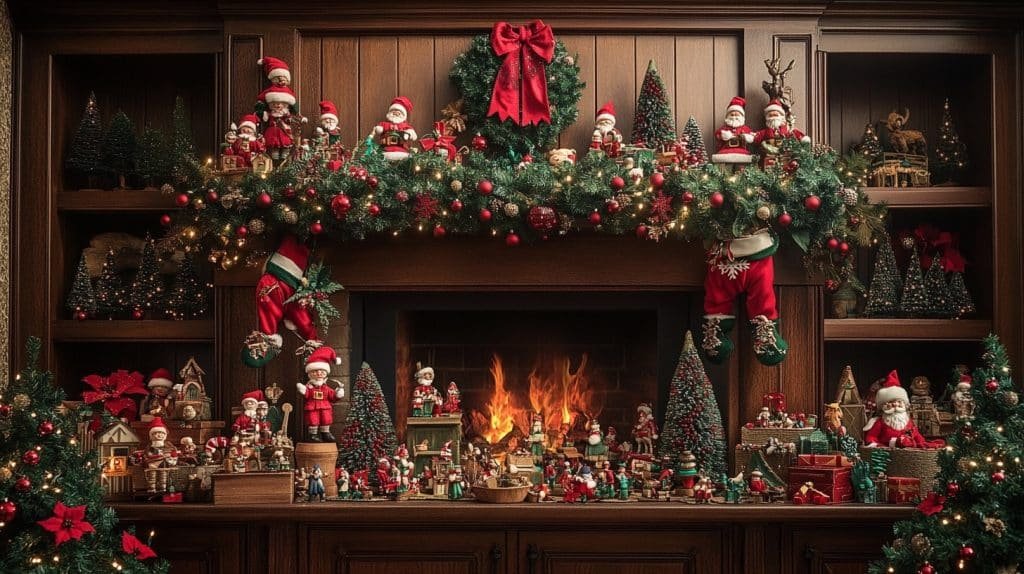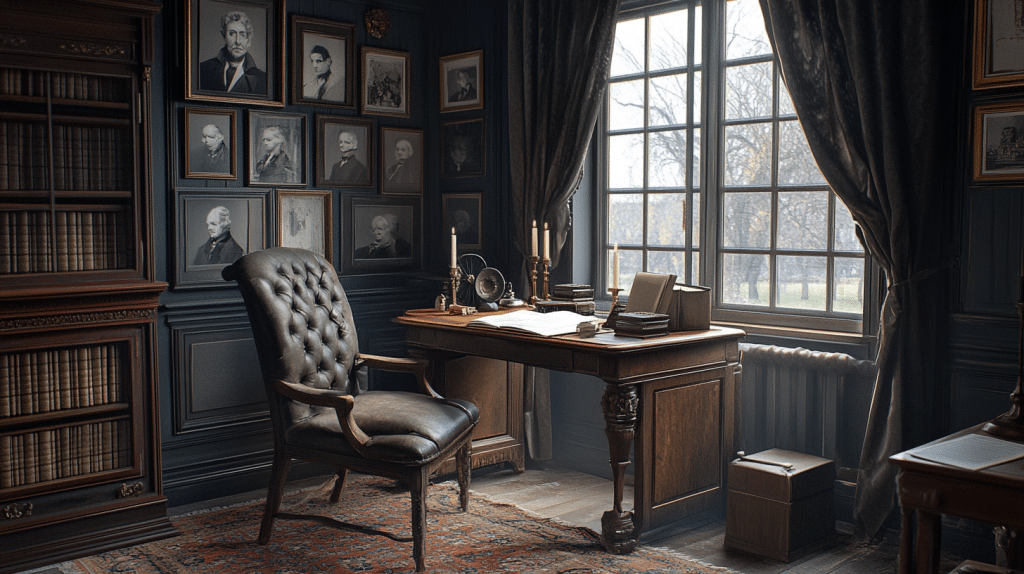What Makes Wabi Sabi Pendants Truly Special
Ever walked into a room and felt an inexplicable sense of calm wash over you? That’s the magic of a wabi sabi pendant—a lighting fixture that’s so much more than just a way to brighten a space.
Natural Materials: Embracing Organic Imperfection
These pendants are like poetry in physical form. Crafted from:
- Raw wood with visible grain
- Unpolished clay
- Rough-hewn stone
- Textured rattan
- Weathered metals
Pro Tip: Each imperfection isn’t a flaw—it’s a feature. Those knots, uneven surfaces, and subtle irregularities? They’re the pendant’s fingerprint.
Design Philosophy: Less is Absolutely More
Wabi sabi pendants break every rule of traditional lighting design:
- Asymmetrical shapes
- Soft, diffused lighting
- Muted color palettes (think whispers of beige, gentle greys)
- Handcrafted feel that screams individuality
Where to Use Your Wabi Sabi Pendant
These aren’t just lights—they’re mood creators. Perfect for:
- Minimalist living rooms
- Zen-inspired bedrooms
- Organic dining spaces
- Tranquil entryways
Budget-Friendly Options
Who says beauty has to be expensive?
- DIY options using papier-mâché
- Clay crafting techniques
- Textured paint methods
- Affordable artisan collections
The Emotional Impact of Imperfect Light
A wabi sabi pendant does more than illuminate—it transforms. It whispers stories of:
- Authenticity
- Natural beauty
- Mindful living
- Embracing life’s beautiful irregularities
Quick Shopping Guide
Price Ranges:
- Budget: $50 – $150
- Mid-range: $150 – $400
- Luxury: $400 – $1,500
Final Thoughts
Your space doesn’t need perfection. It needs soul. And a wabi sabi pendant? That’s pure, unfiltered soul in lighting form.
Pro Tip: Don’t just buy a pendant. Choose a piece that resonates with your inner landscape.
Key Takeaways
- Celebrate imperfection
- Choose natural materials
- Embrace asymmetry
- Create calm through lighting
Illuminate your space. Illuminate your spirit.

